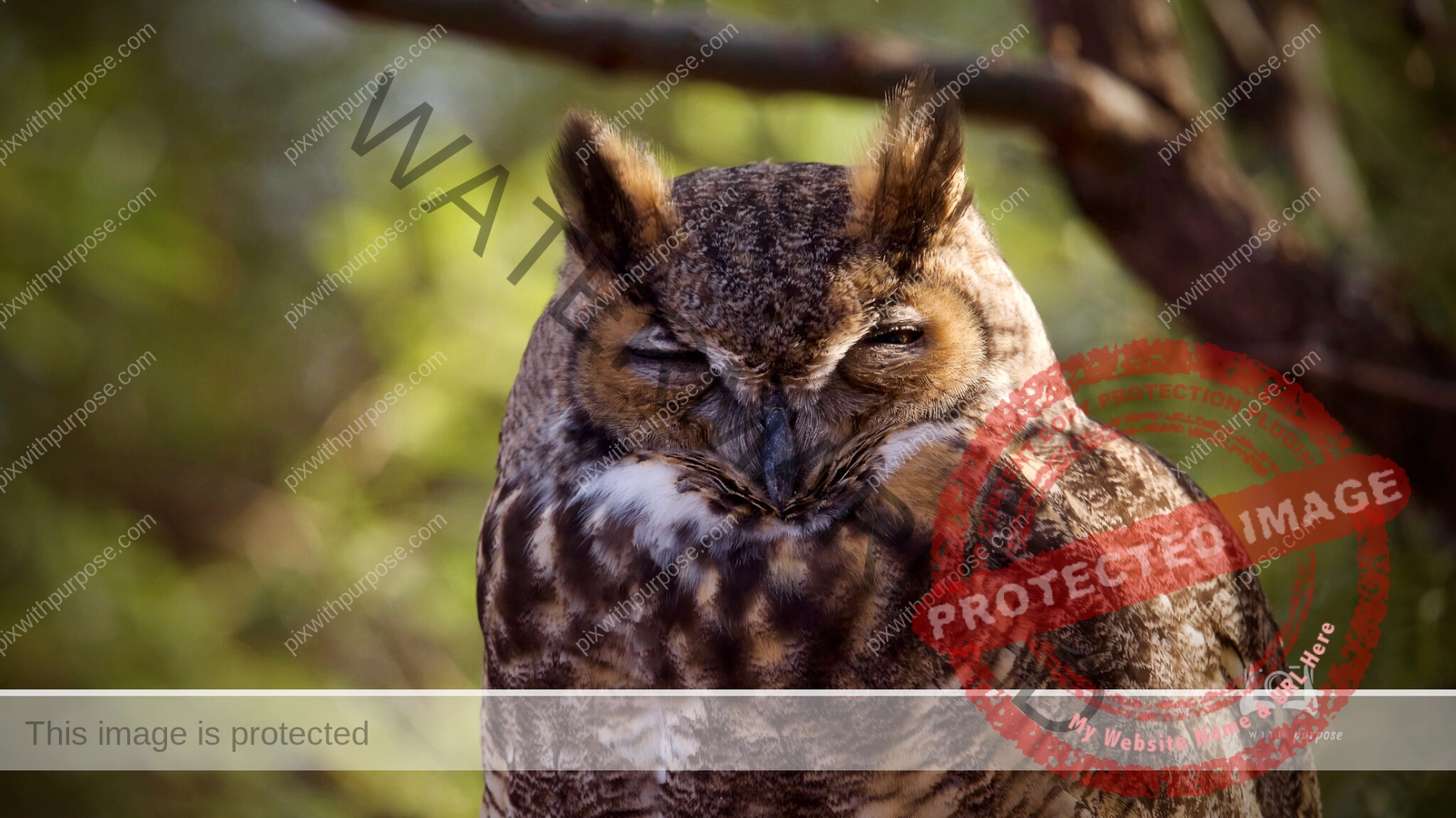
White Egret in Everglades National Park
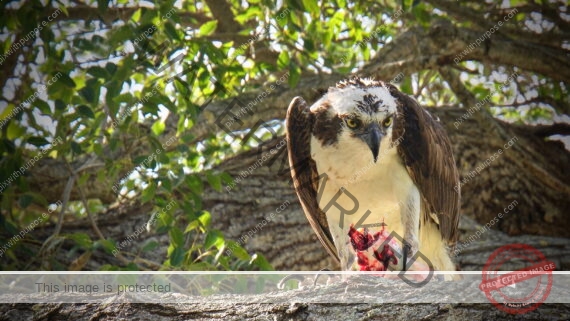
Eating is the easy part
Osprey in Everglades National Park enjoying its catch. Their diet is almost exclusively fish but will eat small mammals if they need to. Note the size and needle sharpness of the talons. They glide high looking for a potential prey then begin circling closer to the water then their wings fold back, drop fast and hit, sometimes submerge then try to fly but pause a foot two above the water and shake their wings and body to get rid of the heavy water before gaining altitude where the fly around with the wiggling slippery fish until it dies before heading to a branch. Sometimes after a meal they'll glide across the water dragging their talons to wash themselves. It is a show I never get tired of.
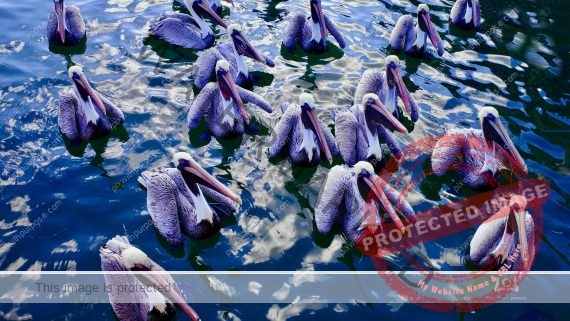
Please
To my right there were a couple fishermen cleaning their catch. Now and then they'd throw some scraps to these guys.
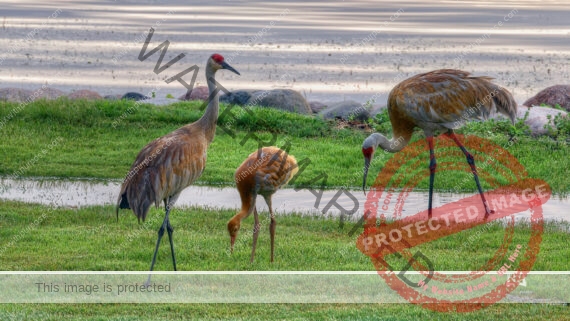
Sandhill crane
This is a species of large crane in North America. Their large wingspans, typically 6-8 feet, make them very skilled soaring birds, similar in style to hawks and eagles. Using thermals to obtain lift, they can stay aloft for many hours, requiring only occasional flapping of their wings, thus expending little energy. Migratory flocks contain hundreds of birds, and can create clear outlines of the normally invisible rising columns of air (thermals) they ride. Wikipedia
This is a family here in WI with their newborn.
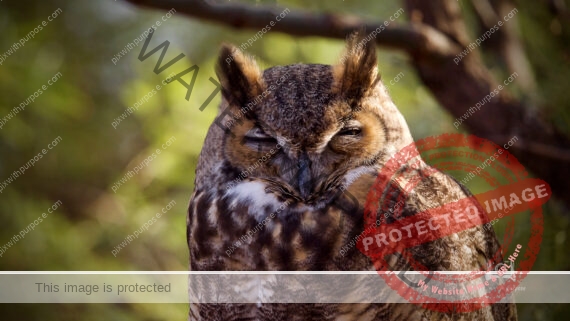
Great horned owl
A powerful, mottled-brown predator, it is often more than 2 feet long, with a wingspan often approaching 7 feet. It usually eats small rodents and birds but has been known to carry off larger prey. Adapted to desert and forest, the species migrates only when food is scarce. Audubon
I assume this young one is from a pair that nests on a ledge in a nearby canyon in Utah.
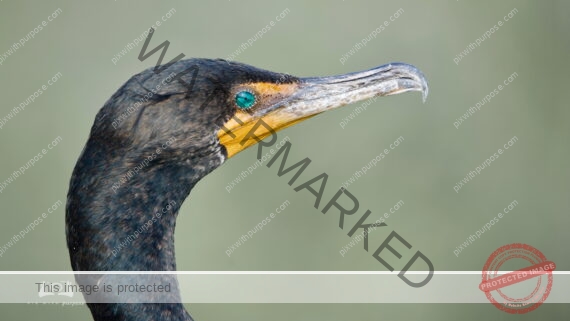
Cormorant
Cormorants mainly eat fish, but will also feed on amphibians and crustaceans. Using its feet for propulsion, cormorants can dive up to 25 ft. and remain underwater for 30 to 70 seconds while searching for food. Unlike many other diving birds, their feathers are not completely waterproof. Cormorants spend long periods of time with their wings outstretched to dry after diving for food. Wikipedia
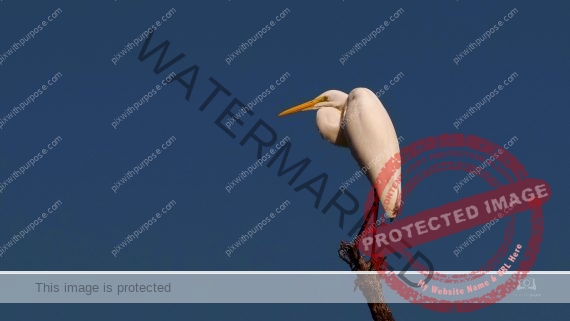
Egret
The largest of the white-colored wading birds in Florida, the great egret is frequently seen in wetlands areas and along waterways.
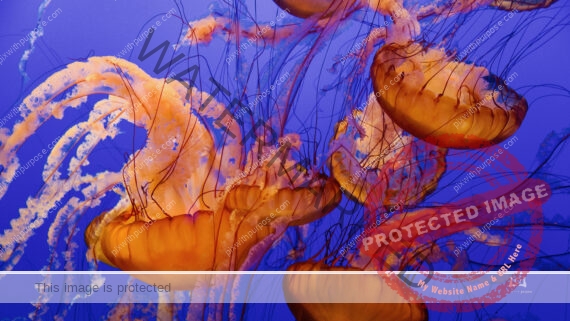
Sea Nettle
Those tentacles are a sure sting. A sea nettle hunts by traling those long tentacles, covered with stinging cells. When the tentacles touch tiny plankton, the stinging cells stick tight and paralyze prey. From there, the prey is moved to the frilly mouth-arms and finally to the mouth. I took this photo in the Monterey Aquarium and the text came off their website.
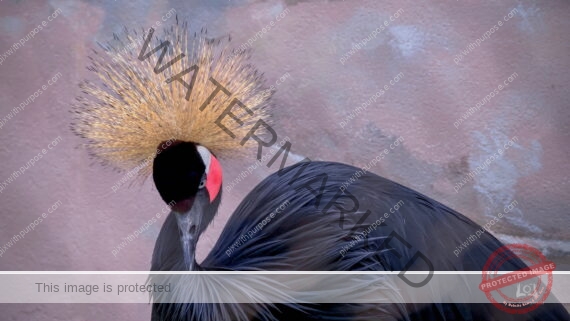
Black Crowned Crane
Black Crowned Cranes are found in eastern Africa. I took this at the International Crane Foundation in Baraboo WI.
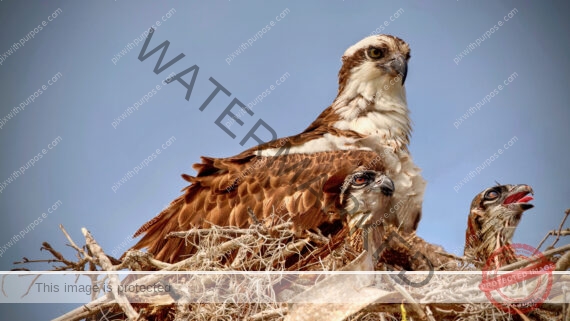
Osprey family
Took this in Everglades National Park of mom (I think) and 2 offspring. The mate was off fishing in the Florida bay and would return with breakfast, then set off again.
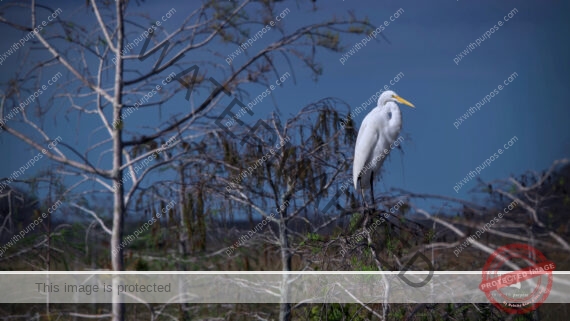
Great Egret
I took this in Everglades National Park in southern Florida. The great egret is a large heron with all-white plumage. Standing up to 3 1/2 feet tall, with a wingspan of almost 6 feet, with an average weight of 2.2 pounds. It lives on fish, frogs and small mammals. Males and females are identical in appearance. Wikipedia
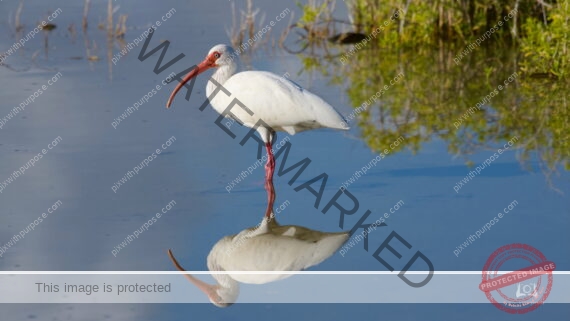
Adult Ibis
Ibises all have long, downcurved bills, and usually feed as a group, probing mud for food items, usually crustaceans. They are monogamous and highly territorial while nesting and feeding. Most nest in trees, often with spoonbills or herons. Wikipedia
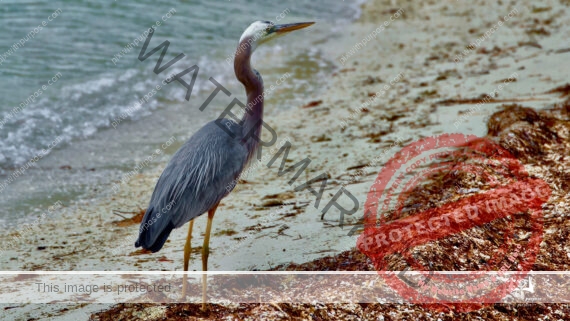
Great Blue Heron
The white form of the Great Blue Heron, known as the "great white heron," is found nearly exclusively in shallow marine waters along the coast of very southern Florida, the Yucatan Peninsula, and in the Caribbean. They hunt both day and night and can live over 20 years.
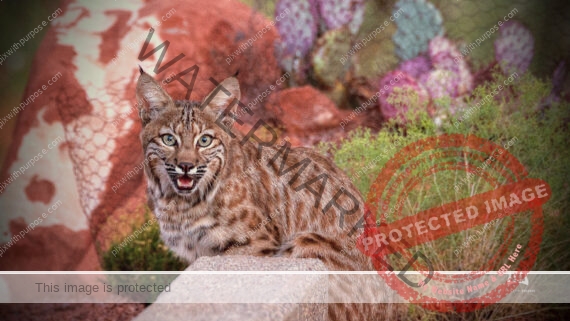
Bobcat
Weighing 15-33 lbs, the bobcat is a nocturnal, generally solitary cat equally at home in forests and deserts; it is less inclined to climb trees or swim. It feeds on rodents, rabbits, hares, and some birds. Wikipedia
I found him in front of the house and was surprised how close he let me get. The reason was he had a rabbit trapped below him that was hiding behind a cactus, neither wanting to move. Eventually the cat stood up and slowly walked away from both of us.
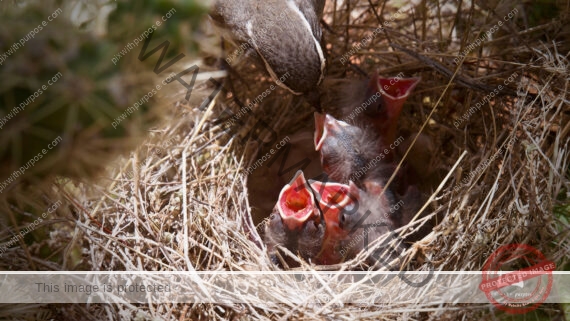
Breakfast
Found this nest in a cactus about knee height. Though low, the cactus thorns offered protection from predators such as the roadrunner.
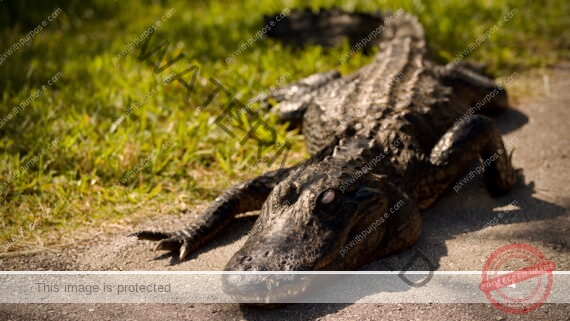
One who hasn’t won a beauty contest
Came across this alligator in Everglades National Park.
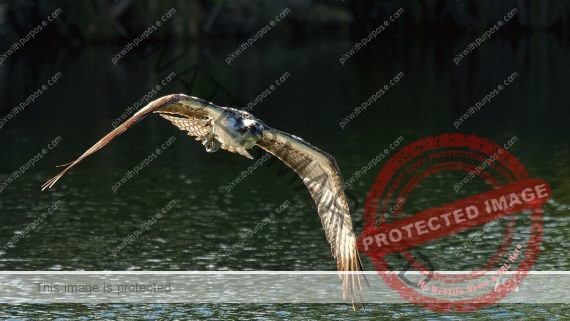
Fly Fishing
Ospreys search for fish by flying on steady wingbeats and bowed wings or circling high in the sky over relatively shallow water. They often hover briefly before diving, feet first, to grab a fish. You can often clearly see an Osprey's catch in its talons as the bird carries it back to a nest or perch. I took this at an old quarry now filled with fresh water on Big Pine Key FL.
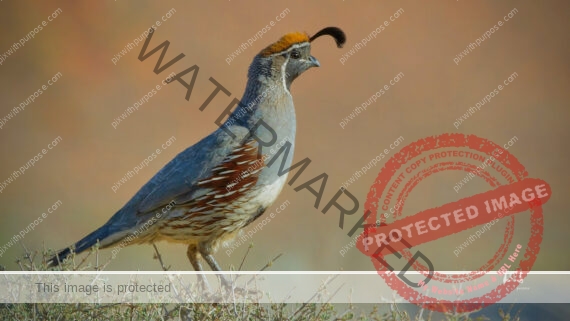
Gambel’s quail
Gambel's quail primarily move about by walking and can move surprisingly fast through brush and undergrowth. They are rarely seen in flight. Any flight is usually short and explosive, with many rapid wingbeats, followed by a slow glide to the ground. In the spring, Gambel's quail pair off for mating and become very aggressive toward other pairs. The female typically lays 10–12 eggs concealed in vegetation, often at the base of a rock or tree. The chicks leave the nest with their parents within hours of hatching. Wikipedia
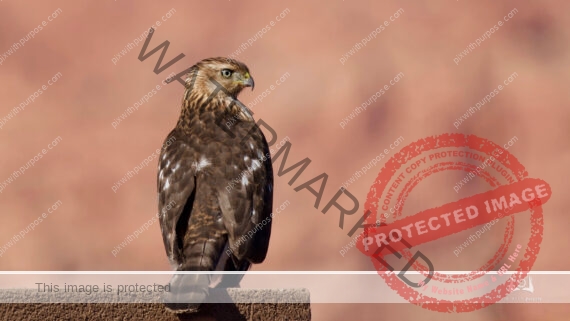
A very serious bird
Not sure what kind of hawk this is but they are pretty common in SW Utah.
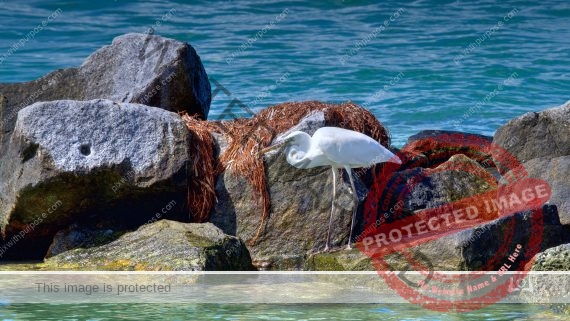
Lunchtime
Florida Keys
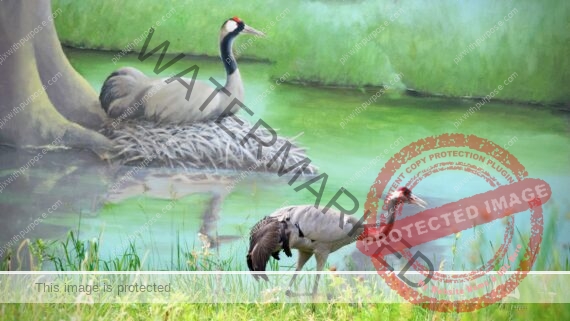
Eurasian Crane
Taken at the International Crane Foundation that works worldwide to conserve cranes and the ecosystems, watersheds, and flyways on which they depend. From our nearly 300-acre headquarters in Baraboo, Wisconsin, our reach extends across the globe. We have offices and staff in China, Uganda, Kenya, Zambia and South Africa, as well as Texas, and work through local organizations, governments, universities, businesses and others in these regions. Our more than 125 staff and associates work with a network of hundreds of specialists in over 50 countries on five continents. ICF Website
HEIGHT: 4 ft WEIGHT: 12 lbs WINGSPAN: 7 ft POPULATION: 700,000
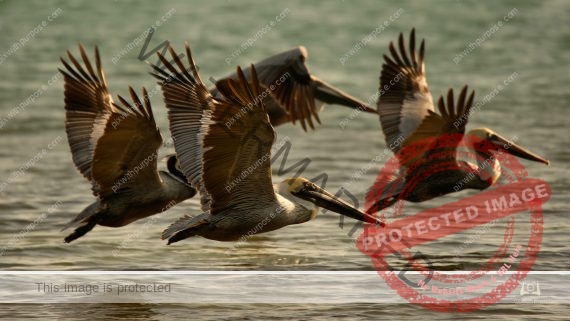
On Patrol
Florida Keys brown pelicans
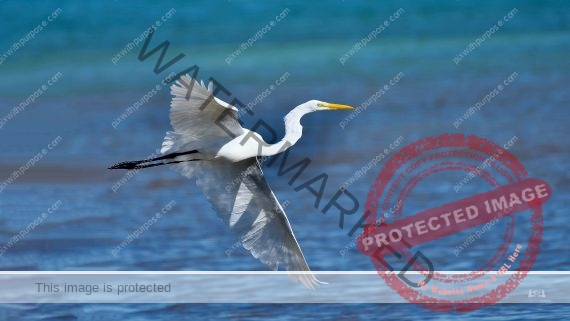
Great White
Egret passing by off Big Pine Key FL
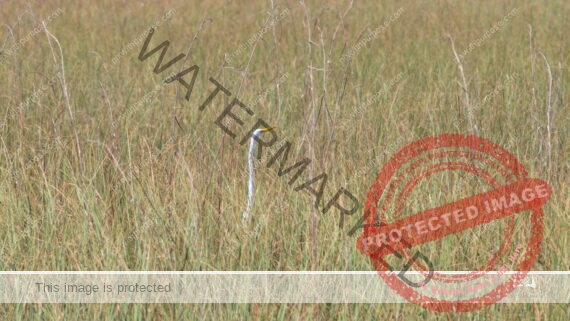
Everglades National Park
Egret blending in and slowly making its way through the tall grass looking for a meal.
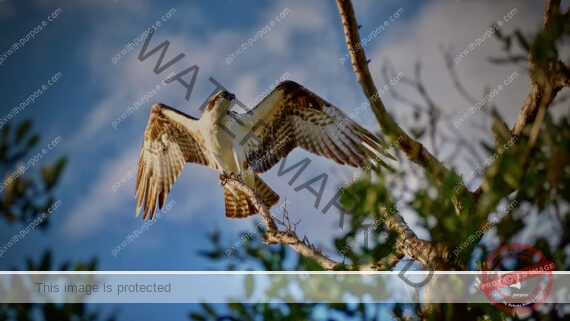
Osprey
The osprey is a large raptor, reaching more than 2’ in in length and almost 6’ across the wings. It tolerates a wide variety of habitats, nesting in any location near a body of water providing an adequate food supply as the osprey's diet consists almost exclusively of fish. The osprey is unusual in that it is a sole living species that occurs nearly worldwide. Wikipedia
I took this photo in the Florida Everglades National Park.
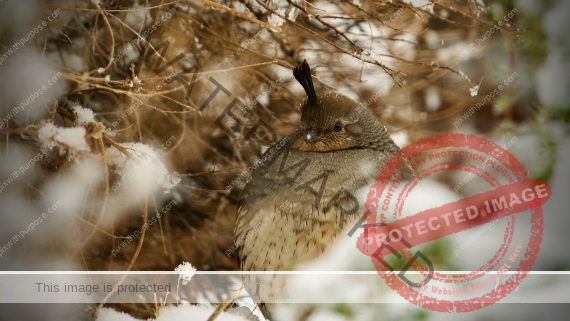
Gambel’s Quail
Taking refuge under a shrub during the rare SW Utah snowfall.
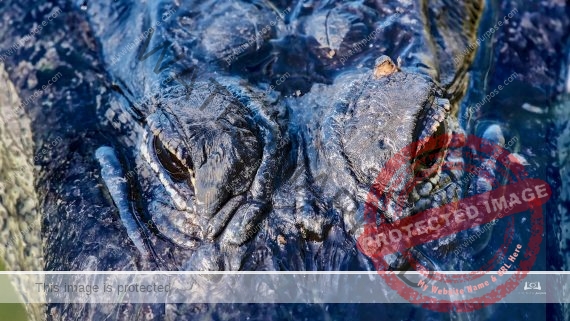
Gator
Florida aligator
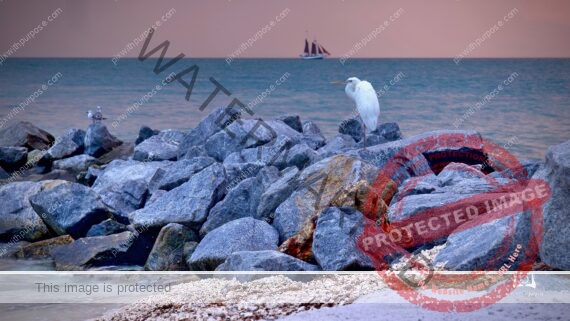
Posing for the shot
Great egret, smiling I think, in Florida.
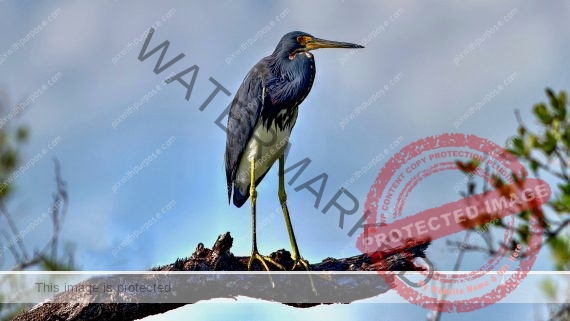
Tricolored Heron
A medium-sized, delicate and slim heron with a long, daggerlike bill. Its long thin neck curves up to its small head. Wingspan is a little over 3 feet. I find these and other birds in a Federal wildlife sanctuary on Big Pine Key which is about 40 miles from Key West.
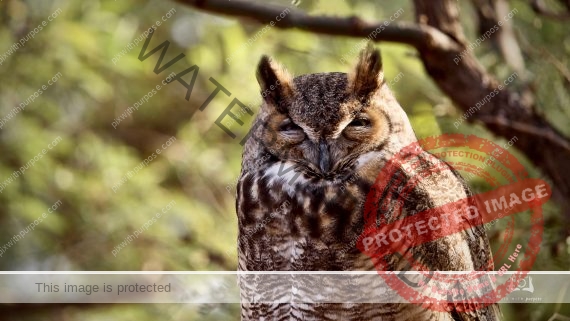
Teen Owl
A photographer friend called saying there was a Great Horned Owl just sitting on a wall. Expecting the owl to be at a far distance I grabbed an unnecessary powerful zoom lens and headed out. Well this owl was simply sitting 6' off the ground, in daylight and not at all frightened. I learned it was a young owl (clueless teenager) who didn't quite know how to act owlish. Anyway, we took a few eye level photos from 10' away with giant lenses and left.
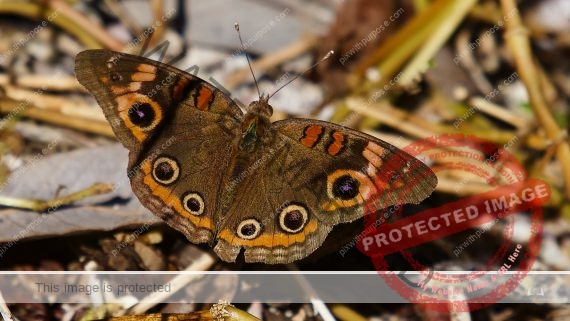
Mangrove Buckeye
Thanks to Google I was able to quickly identify this butterfly.

Road Runner
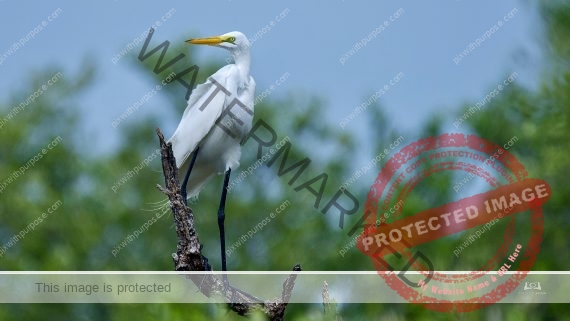
Great Egret
Great Egrets wade in shallow water (both fresh and salt) to hunt fish, frogs, and other small aquatic animals. They typically stand still and watch for unsuspecting prey to pass by. Then, with startling speed, the egrets strike with a jab of their long neck and bill.
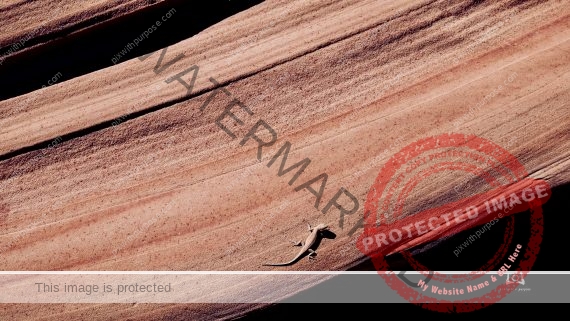
Arizona Slot Canyon
Navajo Sandstone and resident
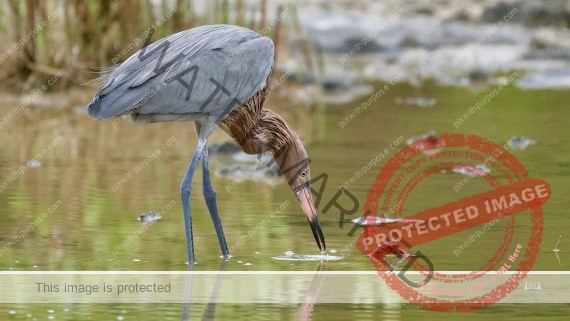
Egret
This is a Reddish Egret in the Florida Keys
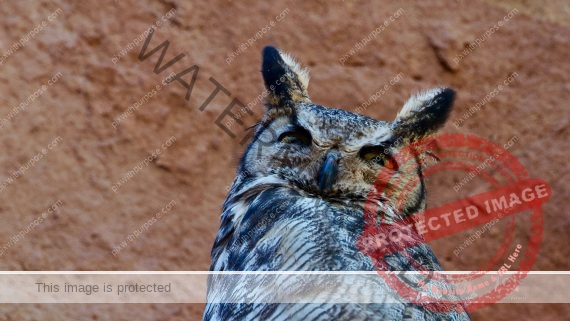
What are you looking at?
Female Great Horned Owl in Utah. She was watching over her 2 babies which made it easy to find and photograph them in daylight.
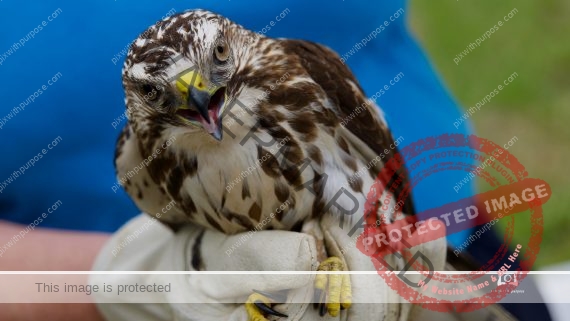
Ready to fly
Key West Wildlife Center rehabilitated hawk about to be released
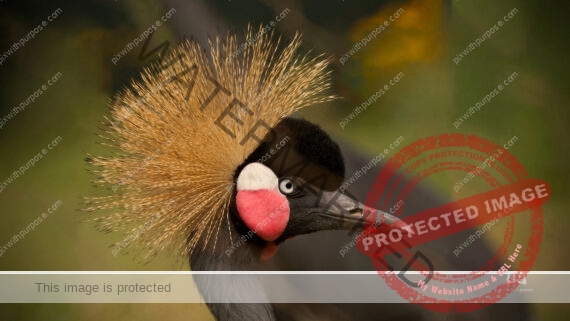
Black Crowned Crane
Black Crowned Cranes are found in eastern Africa, centered in Senegal and Gambia. I took this at the International Crane Foundation in Baraboo WI.
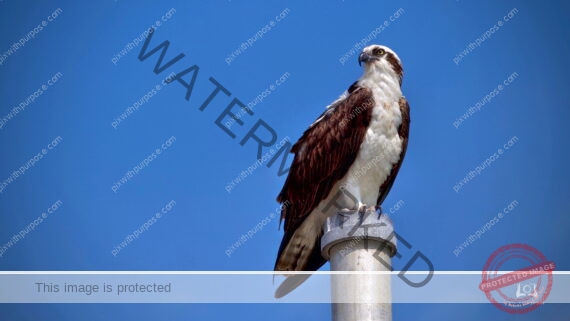
Osprey
The osprey known as sea hawk, river hawk, and fish hawk, is a fish-eating bird of prey. It is a large raptor, reaching more than 24 in length and 71 in across the wings. Wikipedia
I took this photo in the Florida Everglades.
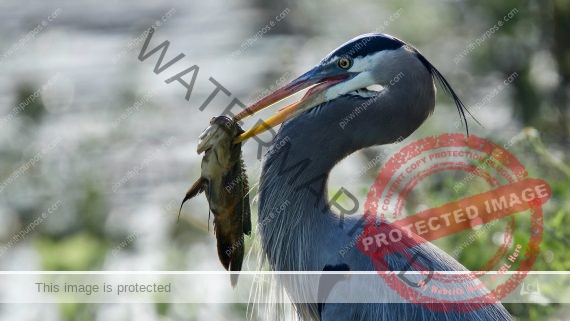
Great Blue Heron
Taken while visiting Horicon Marsh in WI. The wingspan can reach 6.5 feet.
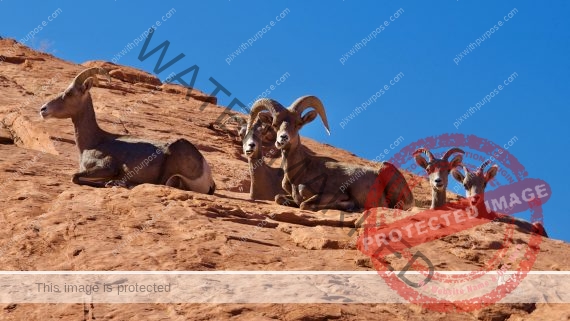
Big Horn Sheep
Valley of Fire Nevada
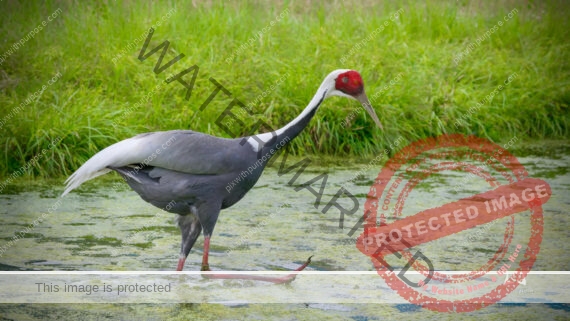
White-Naped crane
The white-naped crane is a large bird about 4 ft long, and 4.3 ft tall, and weighing about 12 lb, with pinkish legs, a grey-and-white-striped neck, and a red face patch.
It breeds in northeastern Mongolia, northeastern China, and adjacent areas of southeastern Russia, where a program at Khingan Nature Reserve raises eggs provided from U.S. zoos to bolster the species. Different groups of the birds migrate to winter near the Yangtze River, the Korean Demilitarized Zone, and on Kyūshū in Japan. They also reach Kazakhstan and Taiwan. Only about 4,900 to 5,400 individuals remain in the wild. Wikipedia
I took this photo while visiting the International Crane Foundation in Wisconsin.
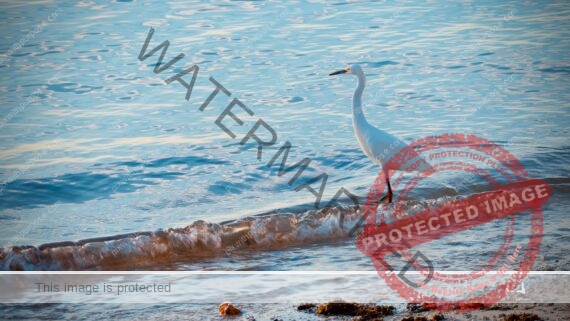
Great egret
The great egret, also known as the common egret, large egret, or great white egret or great white heron, is a large, widely distributed egret. The four subspecies are found in Asia, Africa, the Americas, and southern Europe. Recently it is also spreading to more northern areas of Europe. Distributed across most of the tropical and warmer temperate regions of the world, it builds tree nests in colonies close to water. Wikipedia
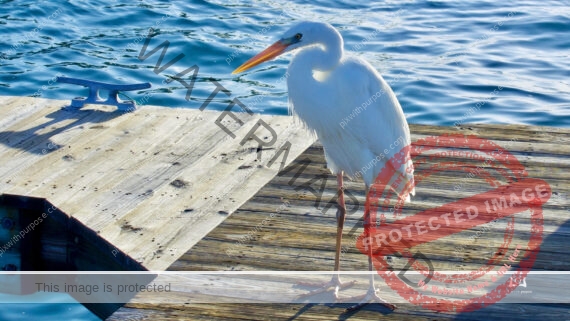
Key West Postcard
Great White Heron
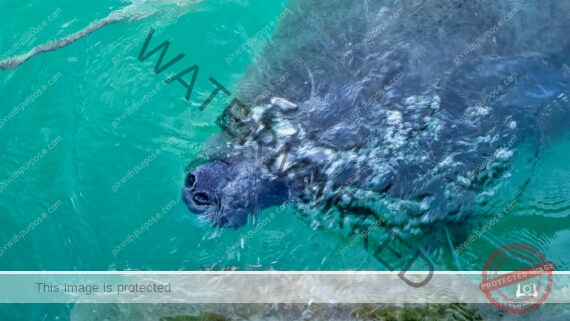
Manatee Nose
Walking along the seawall I saw this very large Manatee under water so I waited for it to surface for a breath of air. As it surfaced I took a few photos but I liked this one the best.
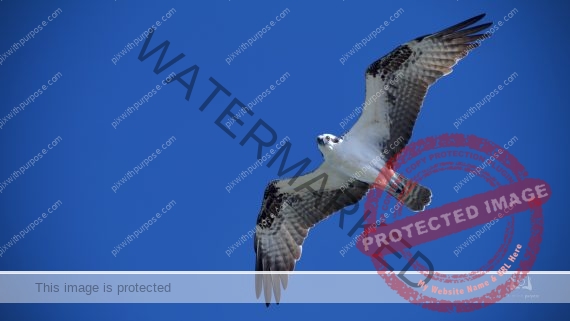
Predictably Curious
Taking bird photos at one of my favorite spots on Big Pine Key when I spotted this osprey a block or two away. As I was the only human in the area I knew he had to come check out me out. I changed the camera settings from long range to a few feet over my head and in about a minute it swoops in and makes 2-3 circles right over my head. Satisfied or just wanted its picture taken, it flew away.
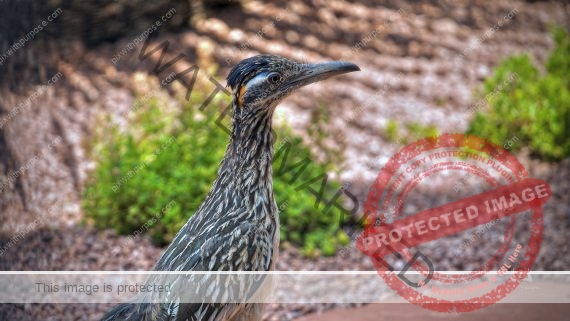
Roadrunner
Usually hunts by walking rapidly, looking for prey, then making very rapid (15 - 20 mph) dash forward to catch prey in its bill. May leap straight up from ground to catch insects or birds flying over (has been seen catching hummingbirds this way). They are primarily carnivorous but will eat cactus fruit and some seeds.
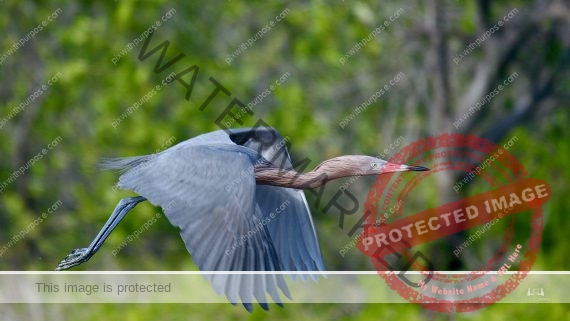
Egret
Reddish Egret in Big Pine Key FL
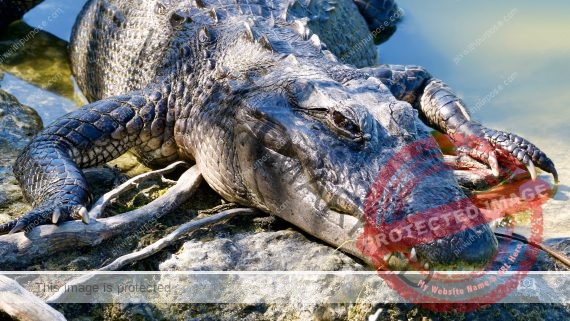
Ready to rumble
American alligators inhabit most of the southeastern United States. They live in freshwater rivers, lakes, swamps, and marshes. There are an estimated 1.25 million in Florida alone. Alligators can grow up to 800 pounds and 13 feet long on average.
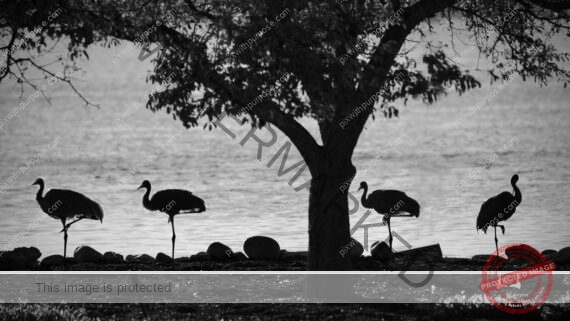
Sandhill Cranes
Parents on the left and offspring on the right. I'd seen them sleeping, eating and preening on this mulch bed for a few days. With the sun brightly reflecting behind them I couldn't get a picture with any detail or color so I tried B&W.
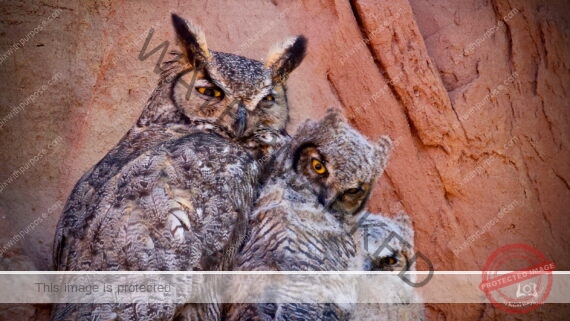
Whoo are you?
Mom and 2 Great Horned owlets in Ivins Utah.
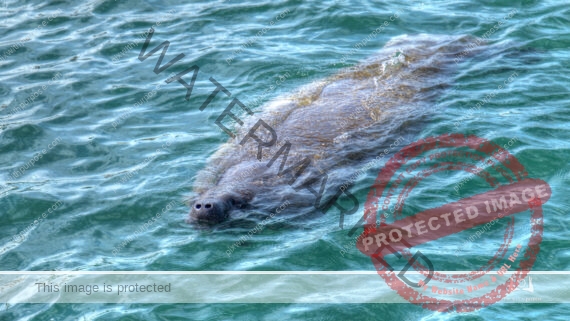
Smiling for the camera
Walking along the harbor in Key West he must have seen my camera so it surfaced for a photo, not really but it appeared that way. Manatees never leave the water but typically come up for air every 5 minutes. When it is resting, the aquatic mammal can hold its breath for up to 20 minutes. When it is exerting great amounts of energy, it may surface as often as every 30 seconds.
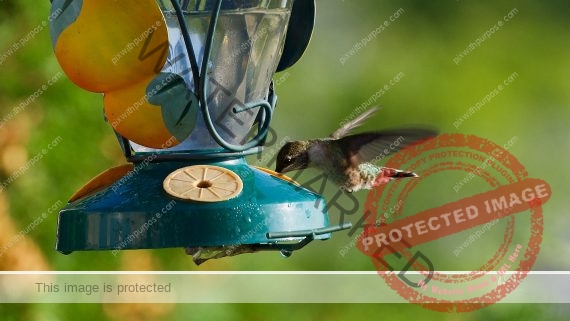
Refueling
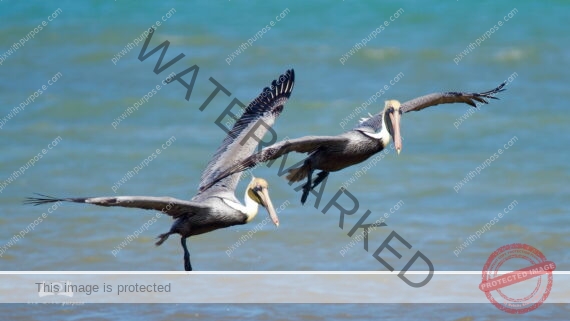
Brown Pelicans
A large grayish-brown bird with a distinct pouched bill. During breeding season, the plumage turns bright yellow on the head and white on the neck, which fades to dull yellow and brown during non-breeding. They feed by plunge-diving from high up, using the force of impact to stun small fish before scooping them up. Found year round in Florida, they can reach a 7 foot (213.4 centimeters) wingspan.
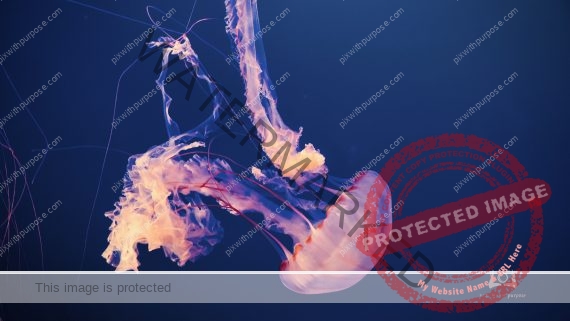
Sea nettle
I took this photo of a sea nettle by simply shooting through the glass tank wall at the Monterrey Aquarium.
A sea nettle hunts by trailing those long tentacles, covered with stinging cells. When the tentacles touch tiny plankton, the stinging cells stick tight and paralyze prey. From there, the prey is moved to the frilly mouth-arms and finally to the mouth, where the jelly eats its meal.
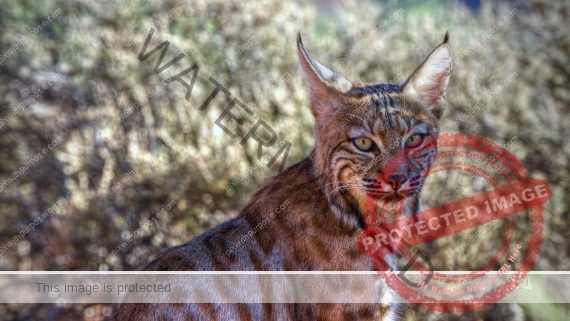
Bobcat
They have short tufts on the tips of their ears and “bob” tails, giving them their name. Adults may weigh 12 to 30 pounds. They are solitary and mainly active at dawn and dusk but can sometimes be seen during the day. The main prey for bobcats are rabbits which there are an abundance of. I took this photo in our yard in Utah.
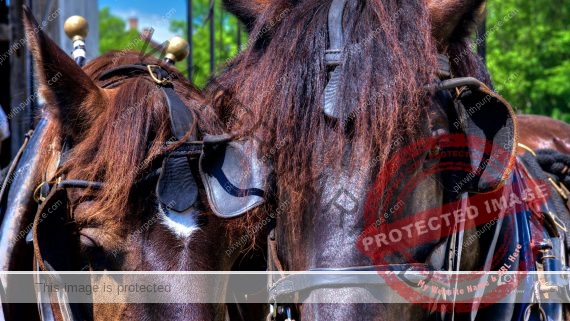
Draft Horses
Taken on a Wisconsin farm.
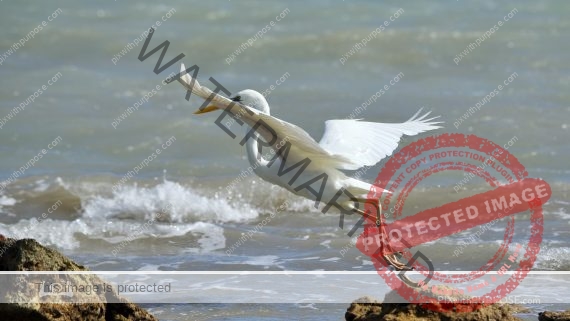
Great Egret
Great Egret takeoff. The great egret is a large heron with all-white plumage. Standing up to 3.3 ft tall, this species can measure 31 to 41" in length and have a wingspan of 52 to 67 in. It can be found in shallow salt water while feeding.
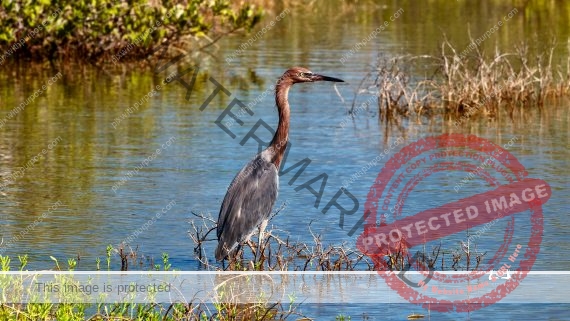
Reddish Egret
Wikipedia: The reddish egret is considered one of the most active herons, and is often seen on the move. It stalks its prey visually in shallow water far more actively than other herons and egrets, frequently running energetically and using the shadow of its wings (canopy hunting) to reduce glare on the water once it is in position to spear a fish; the result is a fascinating dance. Due to its bold, rapacious yet graceful feeding behavior, it's known as "the Tyrannosaurus rex of the Flats". It eats fish, frogs, crustaceans, and insects.
I took this photo on Big Pine Key Florida - Mark
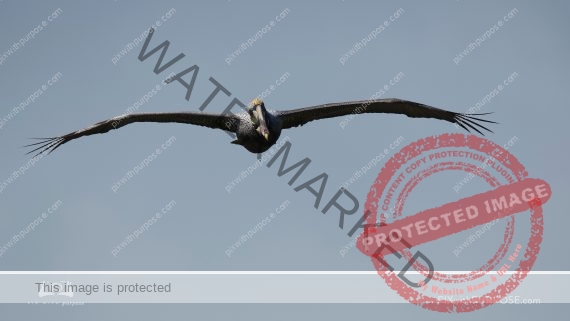
Brown Pelican
The brown pelican is the smallest of the eight pelican species. Nonetheless, it measures 3 ft 3 in to 5 ft in length and has a wingspan of 6 ft 8 in to 7 ft 6 in.
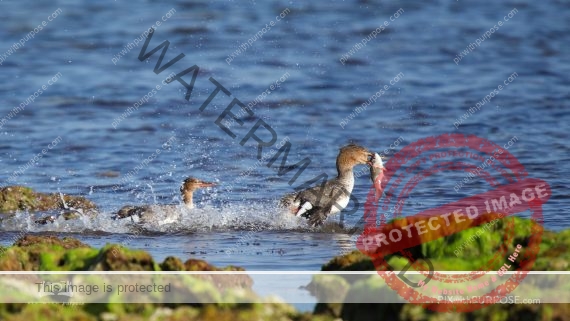
Maybe he’ll drop it
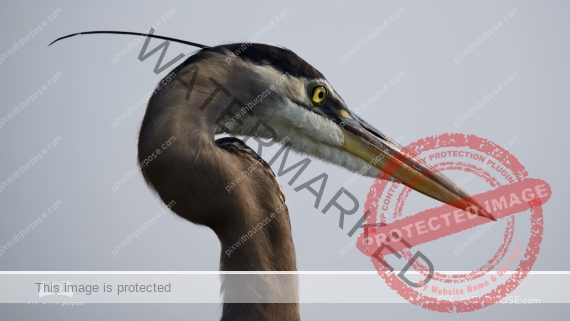
Great Blue Heron
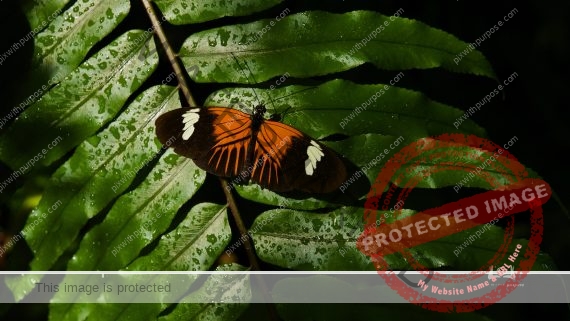
Butterfly
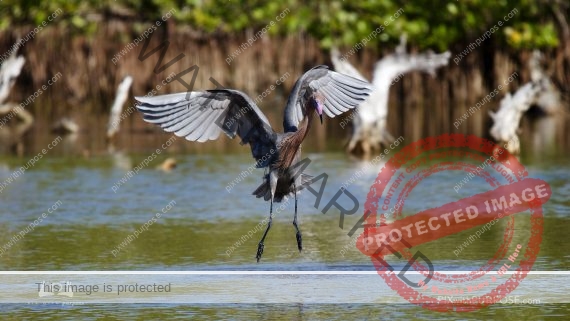
The Egret Dance
Reddish Egret Florida Keys
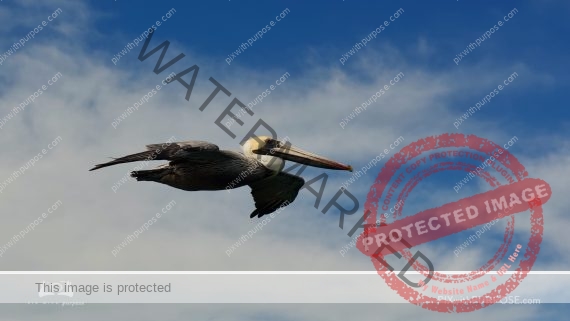
Brown Pelican
In a zero effort glide
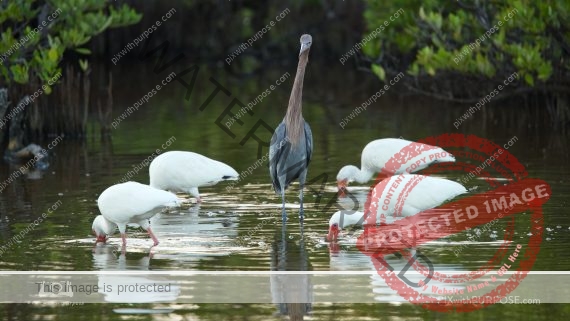
Ibis and Egret
The Ibis are stirring up shrimp for the watchful egret
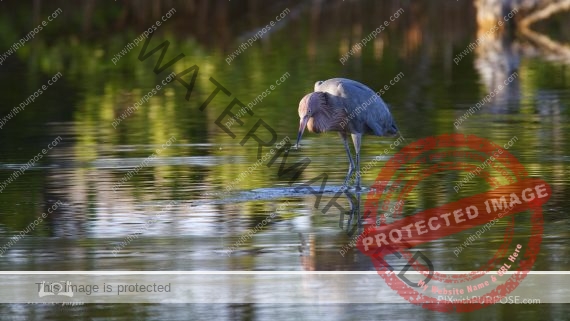
Reddish Egret
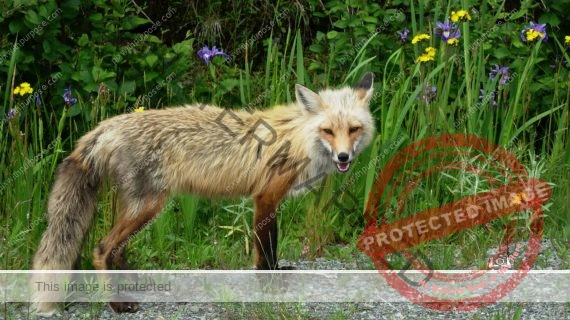
Red Fox
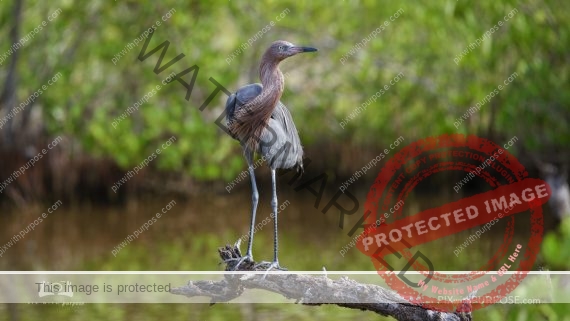
Reddish Egret
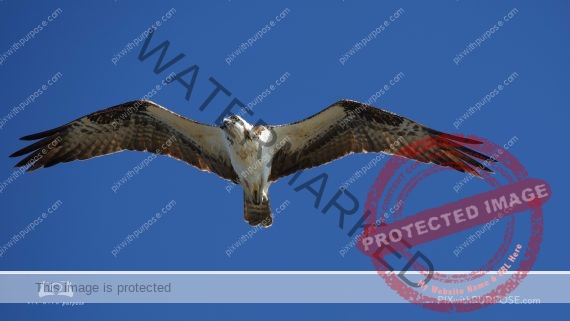
Osprey
Very curious predators. Not unusual for them to fly right over to look at me.
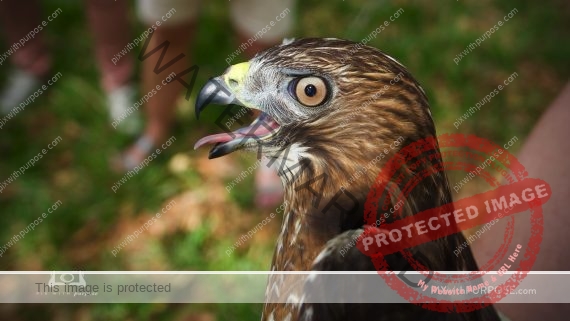
Ready for Launch
Rehabilitated hawk about to be released
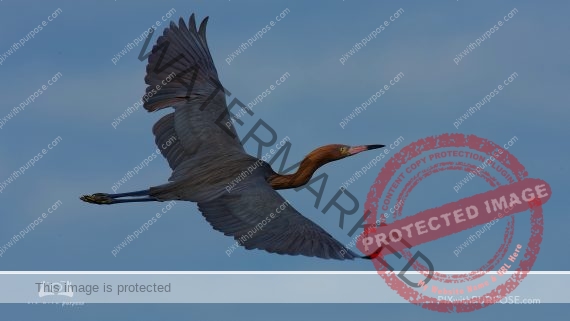
Reddish Egret
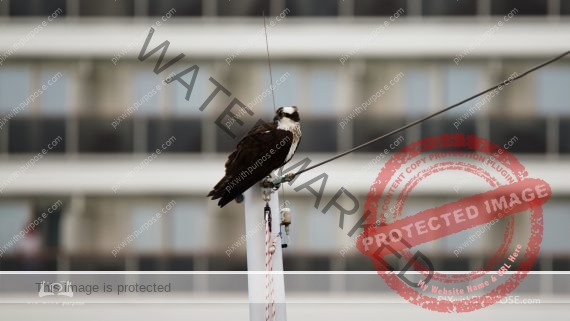
Osprey
Perched on a sailboat mast with a cruise ship backdrop
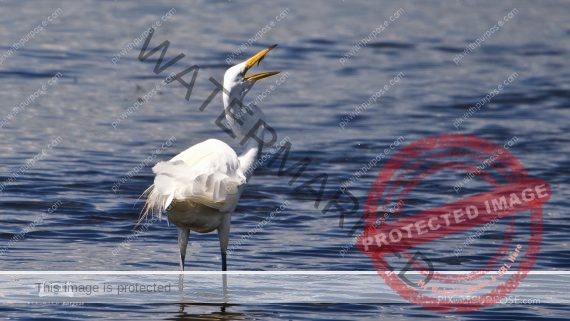
Snack Time
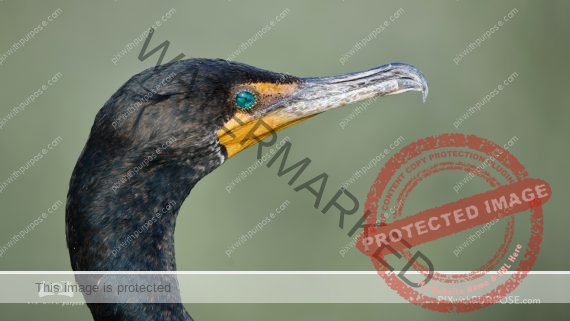
Cormorant
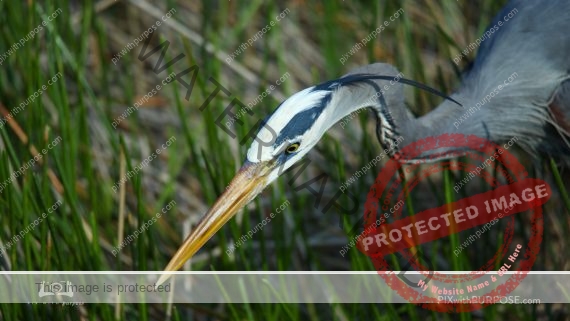
Blue Heron

White Pelican
Having catfish for lunch in Horicon Marsh
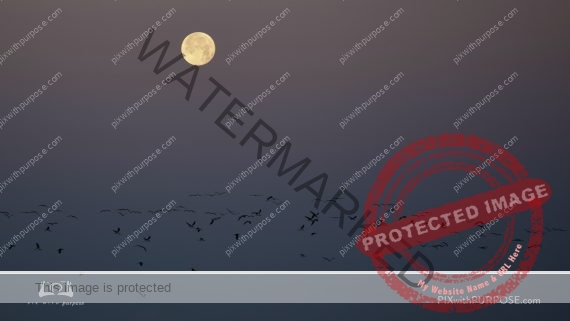
Skimmers
Skimming under a full moon
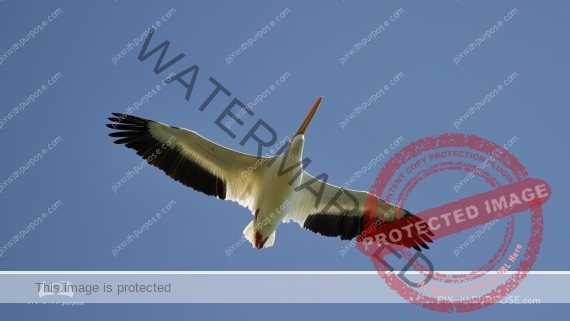
White Pelican
One of the largest birds in North America, with a 9-foot wingspan.
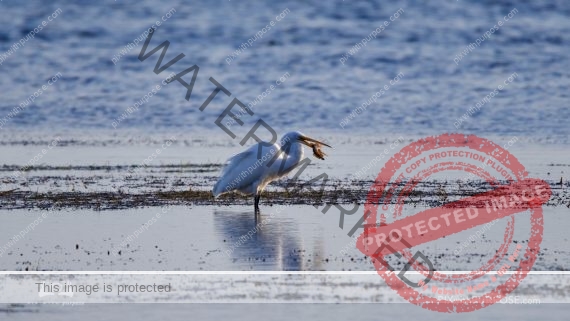
Shrimp Dinner
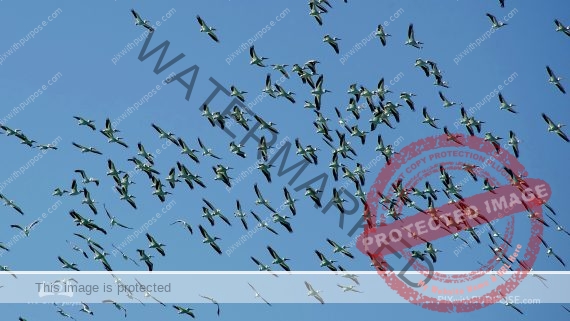
White Pelicans
In Utah
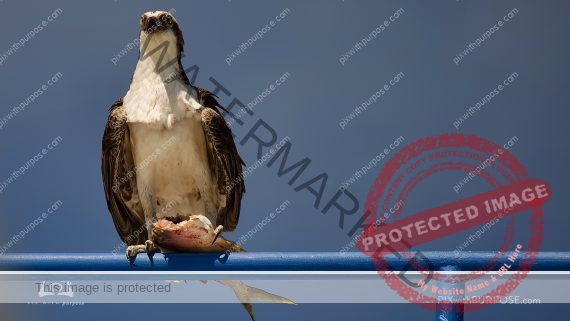
Osprey with lunch
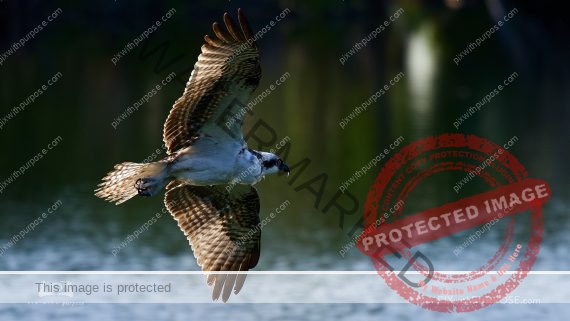
Osprey
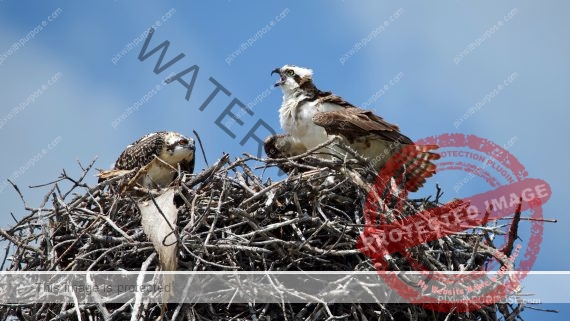
Osprey with young
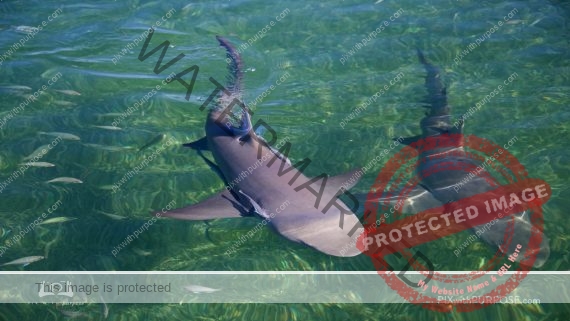
Nurse Sharks
Florida Keys

Pelican Squadron
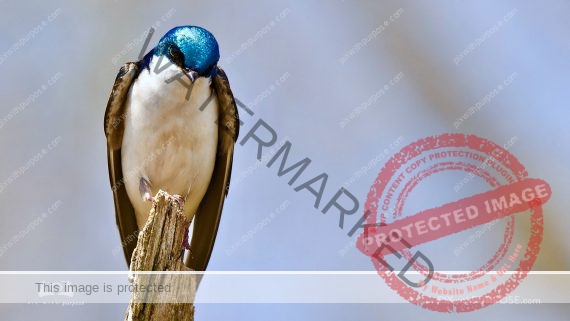
Tree Swallow
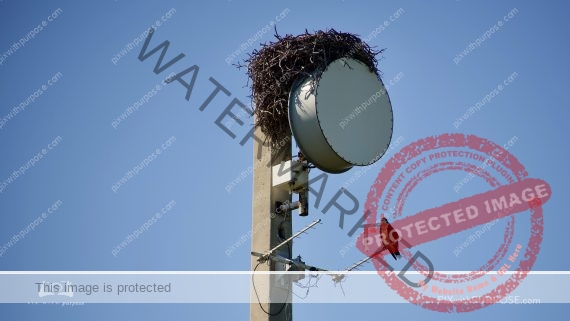
Osprey nest
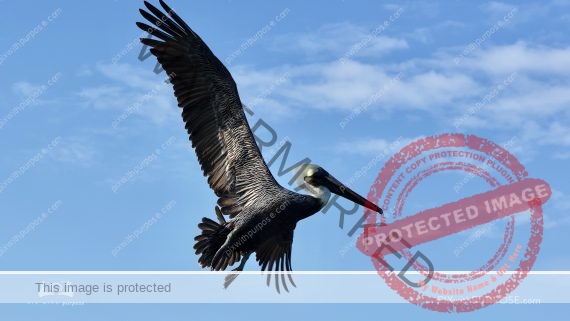
Pelican
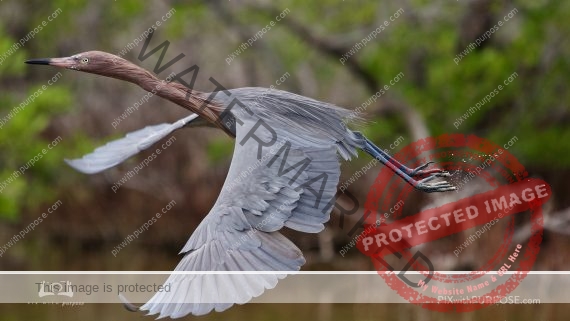
Reddish Egret
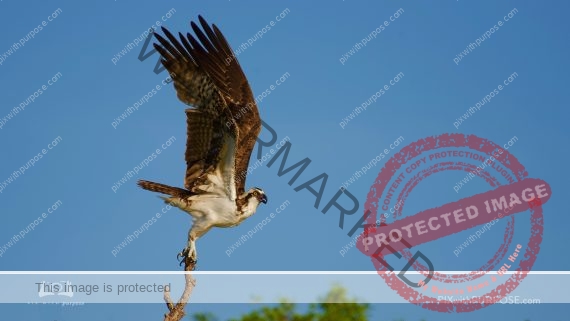
Osprey
ready for takeoff
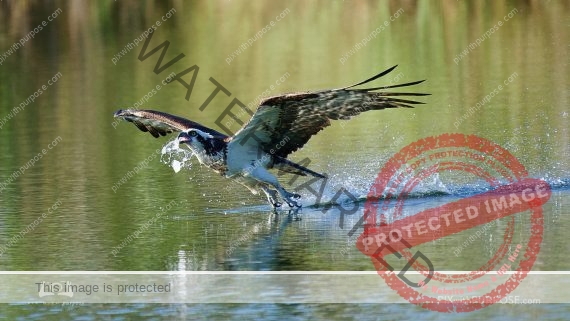
Osprey Watching
I watched this osprey take off and "simply" skim the water. It was either drinking the fresh water, cleaning its talons or maybe even showing off to the camera guy.
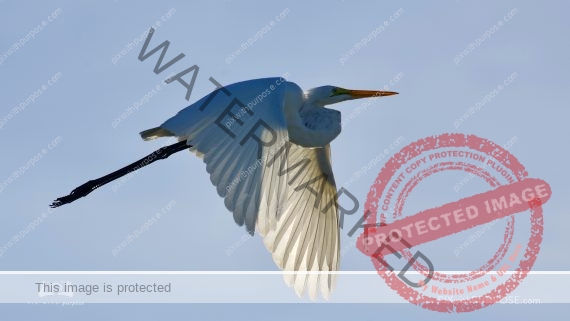
Sunlit Flight
Great Egret - Florida Keys
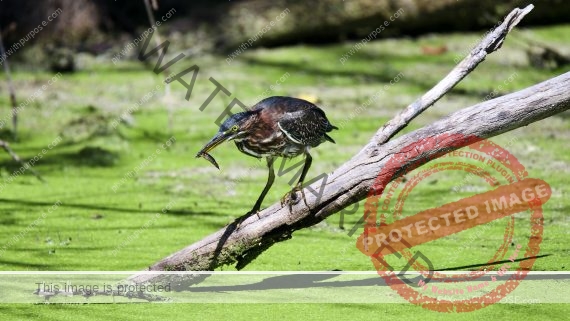
Horicon Marsh
Green heron Horicon Marsh National Wildlife refuge - Wisconsin
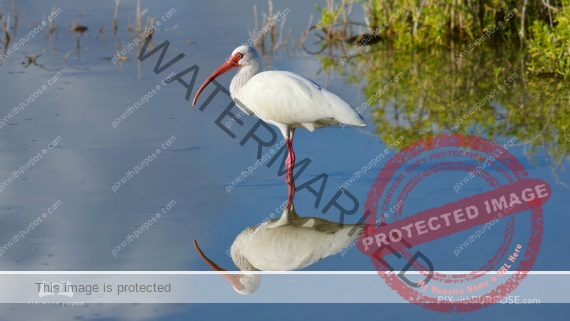
Ibis Twins
Calm water helped
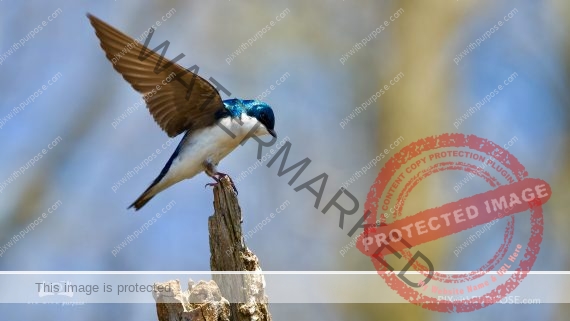
Tree Swallow
Horicon Marsh WI
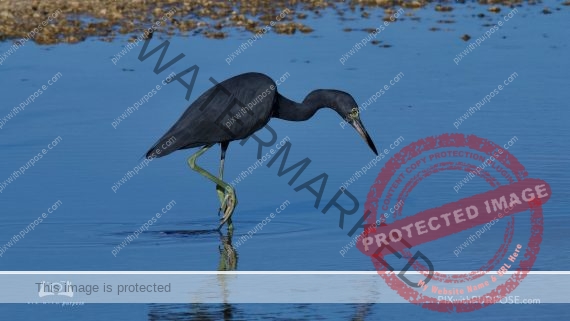
Looking for a snack
Little Blue Heron - Florida Keys
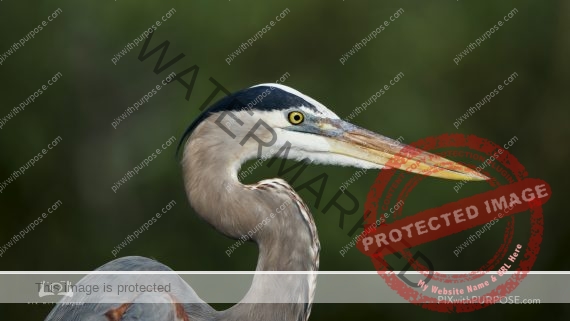
Florida Keys
Great Blue Heron
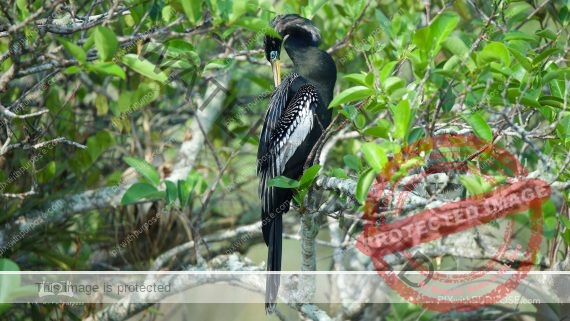
Beautiful Colors
Cormorant
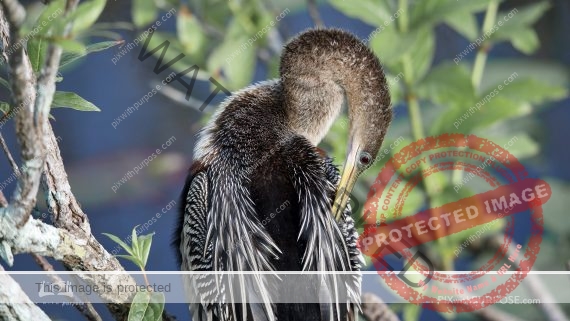
One of the most beautiful birds in the FL Keys
Florida Cormorant

